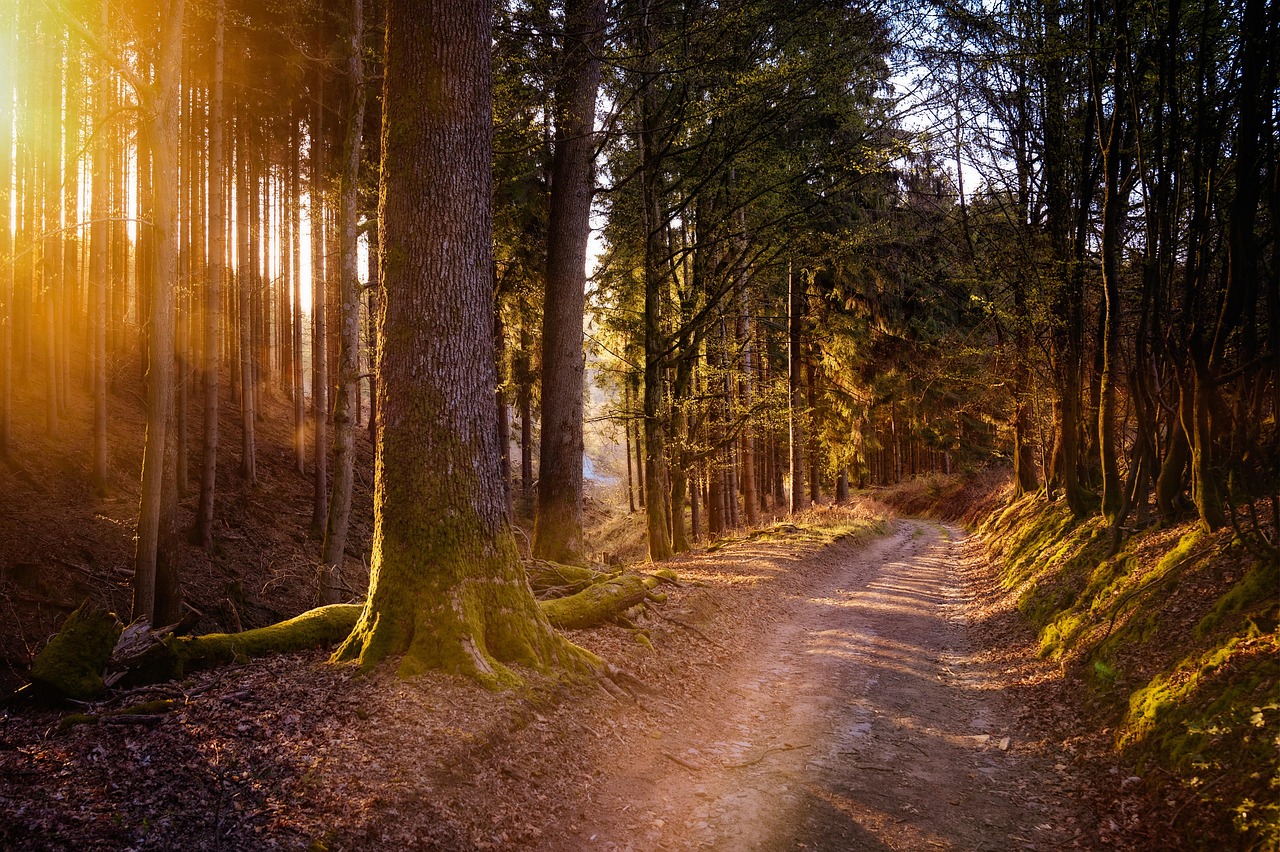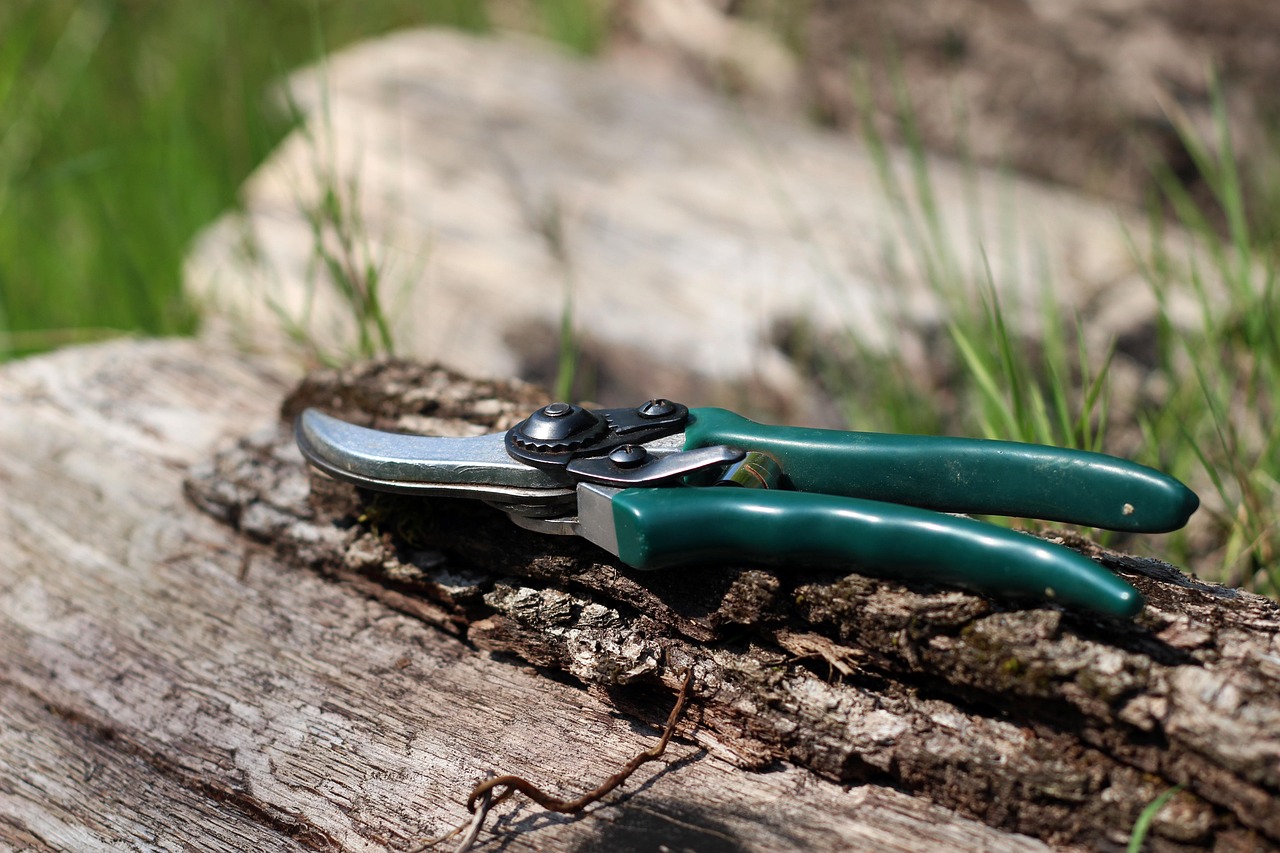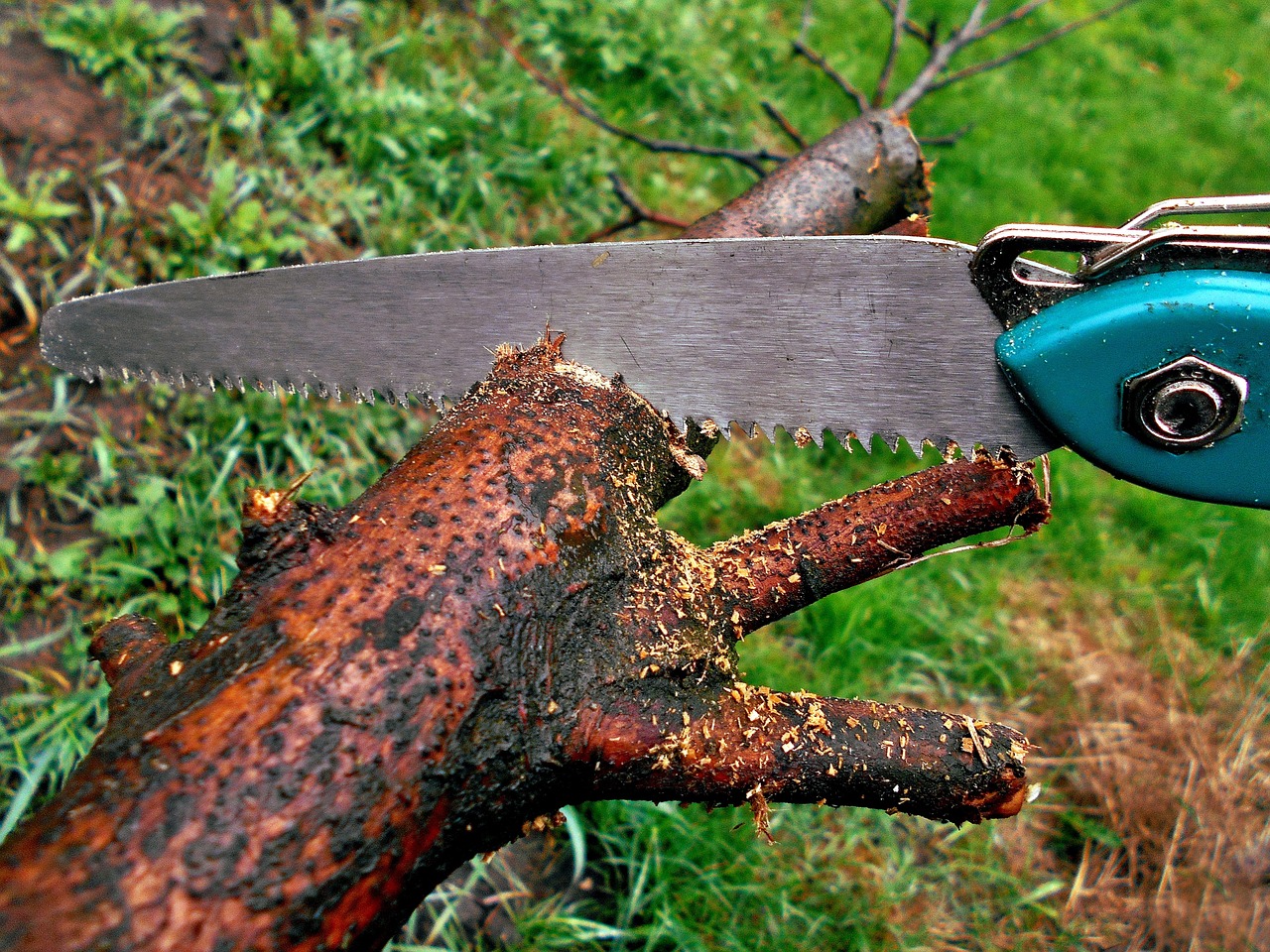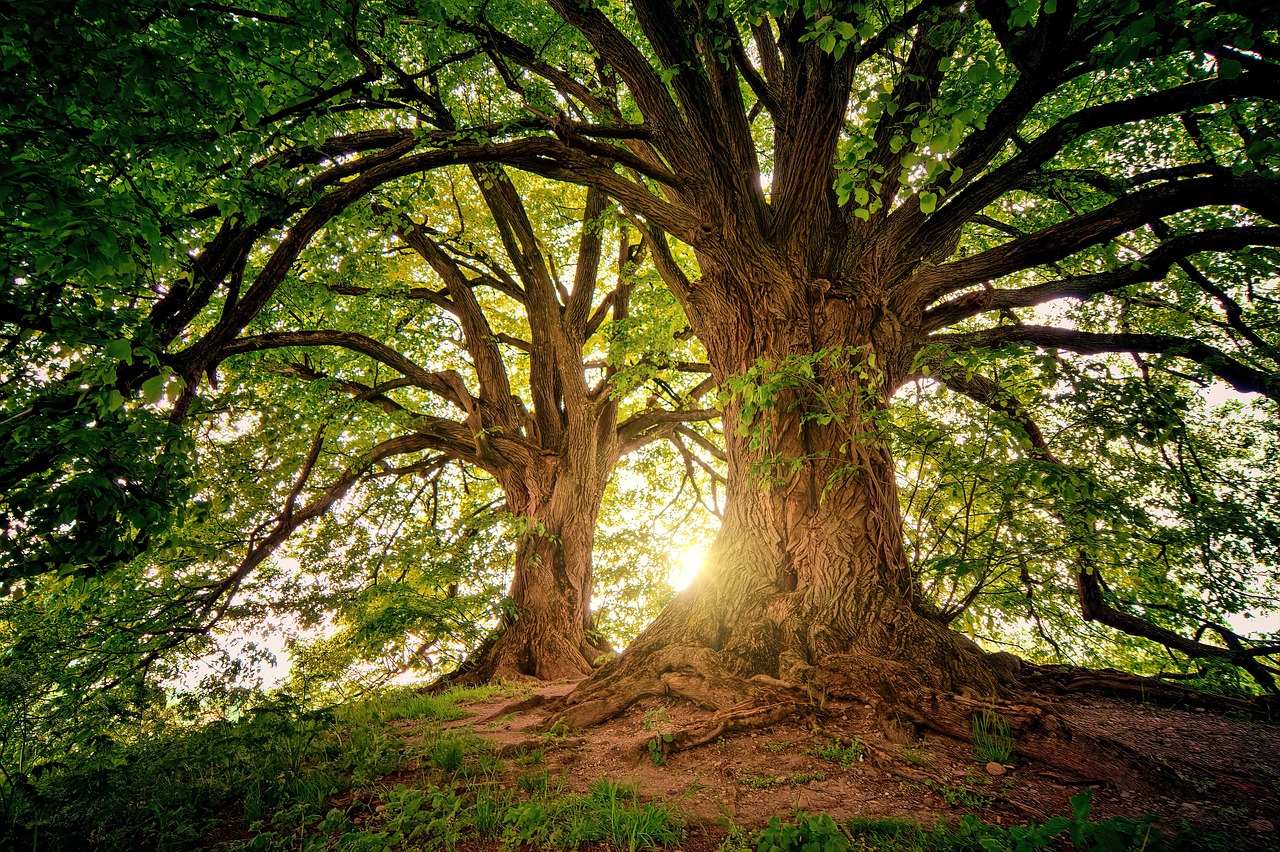Pruning shade trees in small yards involves several key techniques. Start by removing dead or diseased branches to promote health. Thin out crowded areas to improve air circulation and light penetration, while also maintaining the tree's natural shape. Use proper pruning tools and techniques to avoid damaging the tree, ensuring cuts are clean and angled correctly.
Pruning techniques for shade trees in small yards focus on maintaining tree health, enhancing growth, and ensuring safety. Regular pruning helps to manage tree size, improve air circulation, and promote a balanced structure, making it essential for urban gardening.
Shade trees are an invaluable addition to any landscape. They provide respite from the sun, improve air quality, and enhance property value. However, when space is limited, such as in small yards, it becomes crucial to manage these trees effectively. Pruning is one of the most effective ways to control a tree’s size, shape, and overall health.

Understanding the right techniques and timing for pruning can significantly impact the longevity and appearance of your trees. Shade trees often have extensive foliage and branches, which can lead to crowding and competition for resources. Proper pruning can help alleviate these issues and ensure that each tree flourishes without overtaking the space.
Why Prune Shade Trees?
Pruning serves multiple purposes that contribute to the health and aesthetic appeal of shade trees in small yards. Here are some key reasons for pruning:
- Enhance Tree Structure: Pruning helps develop a strong central leader and removes weak or crossing branches.
- Improve Air Circulation: Thinning out dense areas allows for better airflow, reducing the risk of disease.
- Encourage Growth: Removing dead or diseased branches can redirect energy to healthier parts of the tree.
- Increase Safety: Pruning helps prevent branches from becoming hazards during storms or high winds.
- Aesthetic Appeal: A well-pruned tree looks more attractive and can enhance the overall beauty of your yard.
When to Prune Shade Trees
The timing of pruning is crucial for successful outcomes. Different trees have varying needs based on their growth patterns. Here are some general guidelines:

| Tree Type | Best Time to Prune | Reason |
|---|---|---|
| Deciduous Trees | Late winter to early spring | Before new growth starts, to avoid sap loss and stress. |
| Evergreen Trees | Late spring to early summer | After new growth has emerged but before it hardens off. |
| Flowering Trees | After flowering | To avoid cutting off next year’s blooms. |
In addition to these general guidelines, observing the specific needs of your tree species is essential. Different trees may require different approaches based on their natural growth habits.
Basic Pruning Techniques
There are several essential techniques that you should familiarize yourself with when pruning shade trees. These methods will help ensure that your trees remain healthy and visually appealing:
Thinning
This technique involves selectively removing branches to reduce density. Thinning improves light penetration and air circulation throughout the tree. It is especially beneficial for younger trees that are still developing their structure.

Crown Reduction
Crown reduction reduces the overall size of the tree while maintaining its natural shape. This method is particularly useful in small yards where height may be an issue. It involves cutting back the outer branches to lateral branches that can support new growth.
Deadwooding
This process involves removing dead, damaged, or diseased branches from the tree. Deadwooding is crucial not only for aesthetics but also for preventing pests and diseases from spreading.
Cleaning
This technique focuses on removing any crossing or rubbing branches. Keeping branches from interfering with one another helps maintain a healthy structure and reduces the chance of bark damage.

Tools Needed for Pruning
Having the right tools is essential for effective pruning. Here are some common tools you might need:
- Pruning Shears: Ideal for small branches up to ¾ inch thick.
- Loppers: Useful for cutting larger branches up to 2 inches thick.
- Saws: For larger limbs that require more power.
- Pole Pruner: Helps reach higher branches safely from the ground.
- Safety Gear: Gloves and goggles to protect yourself while pruning.
Using the correct tools ensures clean cuts, which promote healing and reduce the risk of infection in your shade trees. Always ensure your tools are sharp and clean before use to maximize effectiveness.
By implementing these pruning techniques properly, you can maintain healthy shade trees in your small yard while enhancing their beauty and functionality. Understanding when to prune and which method works best for each type of tree will yield the best results in your landscape management efforts.
Advanced Pruning Techniques
Once you have mastered the basic pruning techniques, you can explore more advanced methods to further enhance the health and beauty of your shade trees. These techniques require careful consideration and precision to ensure the best outcomes.
Selective Pruning
This technique involves removing specific branches to improve the overall structure and appearance of the tree. Selective pruning focuses on:
- Removing weak branches: Identify and cut branches that are weak or poorly positioned.
- Enhancing shape: Shape the tree’s canopy by selectively removing branches that disrupt its natural form.
- Fostering growth: Promote new growth by directing energy away from crowded areas.
Selective pruning is often done in conjunction with other techniques, such as thinning or cleaning, to achieve a balanced tree structure.
Espalier Pruning
If space is particularly limited, you may want to consider espalier pruning. This method involves training trees to grow flat against a wall or fence. Espalier not only saves space but also creates an interesting visual element in the landscape. Key steps include:
- Selecting the right species: Choose a tree that can tolerate this method, such as apple or pear trees.
- Creating a support structure: Use trellises or wires to guide the growth of branches.
- Regular training: Continuously prune and train the tree to maintain its desired shape.
Espalier pruning requires patience and diligence but can result in stunning displays of foliage and fruit in small spaces.
Common Mistakes to Avoid When Pruning
Even experienced gardeners can make mistakes while pruning. Being aware of common pitfalls can help you avoid damaging your shade trees:
- Pruning at the wrong time: Pruning during the wrong season can stress the tree and affect its growth.
- Over-pruning: Removing too many branches can weaken the tree and hinder its ability to photosynthesize.
- Improper cuts: Making cuts too close to the trunk or leaving stubs can lead to infection and decay.
- Ineffective use of tools: Using dull tools can crush branches rather than providing clean cuts.
Avoiding these mistakes will help ensure that your shade trees thrive and remain healthy throughout their lifespan.
Understanding Tree Growth Patterns
To prune effectively, it is essential to understand how trees grow. Each species has unique growth habits that influence how and when you should prune. Here are a few key factors to consider:
Growth Rate
Different trees have varying growth rates. Fast-growing trees, like willows and poplars, may require more frequent pruning compared to slow-growing varieties, such as oaks and maples. Understanding these rates helps establish a pruning schedule that aligns with the tree’s needs.
Tree Form
The natural shape of a tree influences pruning decisions. Some trees have a vase-like form, while others may be more rounded or upright. Knowing the typical form of your shade tree can guide you in maintaining its natural beauty through appropriate pruning techniques.
Seasonal Considerations for Pruning
The seasons play a significant role in when and how to prune your shade trees. Each season presents different challenges and opportunities:
Spring Pruning
Spring is often an excellent time for pruning, especially for deciduous trees. As new growth begins, you can easily see the tree’s structure. However, avoid heavy pruning just before flowering, as this can impact bloom production.
Summer Pruning
Summer pruning can be beneficial for controlling tree size and managing growth. It allows you to remove unwanted growth while the tree is actively growing. This method encourages thicker foliage and can promote fruit development for certain species.
Fall Pruning
Fall is typically not recommended for major pruning. Trees are preparing for dormancy, which makes them more vulnerable to stress and disease. However, light cleaning of deadwood can be beneficial during this time.
Winter Pruning
Winter is often considered the best time for extensive pruning, especially for deciduous trees. During dormancy, trees are less stressed, making it easier to shape them without causing harm. Just be cautious of extremely cold temperatures that might damage exposed branches.
Post-Pruning Care
The care you provide after pruning is crucial for the recovery process of your shade trees. Here are some tips for post-pruning care:
- Watering: Ensure adequate moisture levels, especially during dry spells, to support new growth.
- Fertilization: Applying a balanced fertilizer can encourage robust growth following pruning.
- Pest Control: Monitor for pests that may target newly exposed areas of the tree.
- Avoiding Stress: Minimize additional stress factors, such as heavy foot traffic near the tree.
Caring for your shade trees after pruning will significantly enhance their ability to recover and thrive in your small yard environment.
Pests and Diseases Affecting Shade Trees
Understanding the pests and diseases that can impact shade trees is essential for effective care and maintenance. Healthy trees are less susceptible to infestations and infections, making proper pruning and subsequent care vital.
Common Pests
Several pests can threaten the health of your shade trees. Here are some of the most common culprits:
- Aphids: Small, soft-bodied insects that suck the sap from leaves, causing yellowing and curling.
- Spider Mites: Tiny pests that create fine webs on leaves, leading to discoloration and leaf drop.
- Scale Insects: These pests attach themselves to branches and leaves, feeding on sap and weakening the tree.
- Borers: Insect larvae that tunnel into the wood, causing structural damage and potential tree death.
Regular inspection of your trees can help identify these pests early. Look for signs such as discoloration, wilting, or unusual webbing. Prompt action can prevent severe infestations.
Common Diseases
In addition to pests, shade trees can suffer from various diseases. Awareness of these conditions is crucial for maintaining tree health:
- Fungal Infections: Conditions like powdery mildew and root rot can affect tree vitality. Fungal issues often arise from poor air circulation or overwatering.
- Bacterial Infections: Bacterial blight can cause leaf spots and dieback. This is often exacerbated by wet conditions.
- Viral Diseases: Viruses can lead to stunted growth and leaf deformities. Infected trees may require removal to protect surrounding plants.
Integrated Pest Management (IPM)
Implementing an Integrated Pest Management (IPM) strategy is a holistic approach to controlling pests and diseases in your shade trees. This method combines various management practices for effective results:
Monitoring
Regular monitoring is essential for early detection of pests and diseases. You can use the following techniques:
- Visual Inspections: Check for signs of pests or disease on a weekly basis, focusing on leaf undersides and branch junctions.
- Sticky Traps: Place traps around the tree to catch flying insects, providing insight into pest populations.
- Tree Health Assessments: Evaluate overall tree health, checking for vigor, leaf color, and growth patterns.
Cultural Controls
Cultural controls are practices that promote tree health and reduce the likelihood of pest infestations:
- Proper Watering: Ensure consistent moisture without overwatering to prevent root rot.
- Mulching: Apply mulch around the base of the tree to maintain soil moisture and suppress weeds.
- Pruning: As previously mentioned, proper pruning enhances air circulation and light penetration, preventing disease.
Biological Controls
Utilizing natural predators can help manage pest populations effectively. Consider these methods:
- Beneficial Insects: Introduce ladybugs or lacewings to control aphid populations naturally.
- Nematodes: Use beneficial nematodes to combat soil-dwelling pest larvae.
Chemical Controls
If pest populations exceed acceptable levels, chemical treatments may be necessary. However, it is essential to use them responsibly:
- Selective Pesticides: Choose targeted pesticides that minimize harm to beneficial insects.
- Follow Instructions: Always comply with the manufacturer’s guidelines regarding application rates and safety precautions.
The Importance of Soil Health
The health of the soil directly impacts the well-being of your shade trees. Healthy soil promotes strong root systems and overall tree vitality. Here are some factors to consider:
Soil Composition
The composition of your soil affects drainage, nutrient availability, and aeration. Key components include:
- Sand: Enhances drainage but may not retain nutrients well.
- Silt: Retains moisture and nutrients but can lead to compaction if overly saturated.
- Clay: Holds nutrients effectively but drains poorly, potentially leading to root rot if not managed.
A balanced mix of these components typically yields the best results for tree health.
Nutrient Management
Nutrients are vital for tree growth. Regular soil testing can help you understand nutrient levels and pH balance. Here are some common nutrients to monitor:
- Nitrogen (N): Essential for leaf growth and overall vigor.
- Phosphorus (P): Supports root development and flowering.
- Potassium (K): Aids in overall tree health and disease resistance.
Add organic matter such as compost to improve nutrient levels naturally while enhancing soil structure.
Irrigation Practices for Shade Trees
Irrigation is a crucial aspect of maintaining healthy shade trees, especially in small yards where water availability may vary. Proper watering practices are essential for promoting robust growth and resilience against stressors.
Watering Techniques
Different techniques can be used depending on the size of the tree and specific environmental conditions:
- Drip Irrigation: This method delivers water directly to the root zone, minimizing waste and ensuring deep penetration.
- Soaker Hoses: These hoses release water slowly over time, ideal for newly planted trees or during dry spells.
- Deep Watering: For established trees, ensure that water reaches deeper layers of soil by applying it less frequently but in larger amounts.
The frequency of watering will depend on factors such as soil type, climate, and tree age. Generally, young trees require more frequent watering until their roots are established.
Avoiding Overwatering
While adequate moisture is crucial, overwatering can lead to various issues such as root rot. Here are tips to avoid overwatering:
- Soil Testing: Monitor moisture levels using a soil moisture meter or by checking soil texture manually.
- Drought Tolerance: Learn about your tree’s drought tolerance; many established trees can withstand short periods without water.
The right balance of water will foster healthy shade trees that thrive in your small yard environment.
Companion Planting and Shade Trees
In small yards, companion planting can greatly enhance the health and growth of shade trees. This gardening technique involves planting different species in close proximity for mutual benefits, such as pest control, improved growth, and enhanced biodiversity.
Benefits of Companion Planting
Implementing companion planting around your shade trees can yield several advantages:
- Pest Deterrence: Certain plants repel pests that may harm shade trees. For example, marigolds can deter nematodes and other harmful insects.
- Nutrient Enhancement: Some plants, like legumes, fix nitrogen in the soil, improving nutrient availability for nearby trees.
- Soil Health: Diverse plantings can enhance soil structure and promote beneficial microorganisms.
- Aesthetic Appeal: Companion plants can add color and texture, making the landscape more visually appealing.
Choosing Companion Plants
Selecting the right companion plants requires understanding each plant’s needs and compatibility with your shade tree. Here are some suitable options:
- Herbs: Basil, thyme, and mint can help repel pests and attract beneficial insects.
- Flowers: Sunflowers and nasturtiums can attract pollinators while deterring harmful insects.
- Ground Covers: Plants like clover can improve soil health and reduce weed competition.
When planning companion planting, consider the light and water requirements of each species to ensure they thrive in the same environment.
Seasonal Maintenance for Shade Trees
Seasonal maintenance plays a crucial role in keeping your shade trees healthy. Each season presents unique challenges and opportunities for care. Here’s a breakdown of what to focus on throughout the year:
Spring Care
As trees awaken from dormancy, spring is an ideal time to assess their health:
- Inspect for Damage: Check for any winter damage on branches and remove dead or diseased wood.
- Fertilization: Apply a balanced fertilizer to support new growth, ensuring it is suitable for your specific tree species.
- Pest Monitoring: Begin monitoring for pests that emerge as temperatures rise.
Summer Care
During the summer months, focus on maintaining moisture levels and monitoring growth:
- Irrigation: Ensure adequate watering, especially during dry spells, to support healthy foliage.
- Pest Control: Continue to inspect for pests and diseases, applying appropriate treatment if needed.
- Pruning: Consider summer pruning for shape maintenance if necessary.
Fall Care
As leaves begin to change color and drop, prepare your trees for winter:
- Leaf Cleanup: Rake fallen leaves to prevent fungal diseases and pests from overwintering in your yard.
- Mulching: Apply mulch around the base of trees to protect roots from temperature fluctuations.
- Watering Adjustments: Gradually reduce watering as trees enter dormancy.
Winter Care
During winter, focus on protecting your trees from cold damage:
- Insulation: Wrap young or sensitive trees with burlap or protective materials to shield them from harsh winds.
- Irrigation Checks: Monitor soil moisture levels; even in winter, trees may need some watering during dry spells.
- Pest Monitoring: Inspect for any signs of pest activity during warmer winter days.
Final Thoughts
Caring for shade trees in small yards requires a combination of pruning techniques, pest management, soil health considerations, and seasonal maintenance. By understanding the unique needs of your trees and implementing best practices, you can ensure they thrive in limited spaces.
The importance of regular inspections cannot be overstated. Early detection of issues related to pests or diseases allows for timely interventions that can save your trees. Additionally, utilizing companion planting can enhance the ecosystem surrounding your trees, providing added benefits.
Finally, remember that every tree is unique. Take the time to learn about the specific species you have in your yard. Tailoring your care methods to suit their individual needs will yield the best results. With dedication and knowledge, you can cultivate a beautiful landscape filled with thriving shade trees that enhance your outdoor experience.
